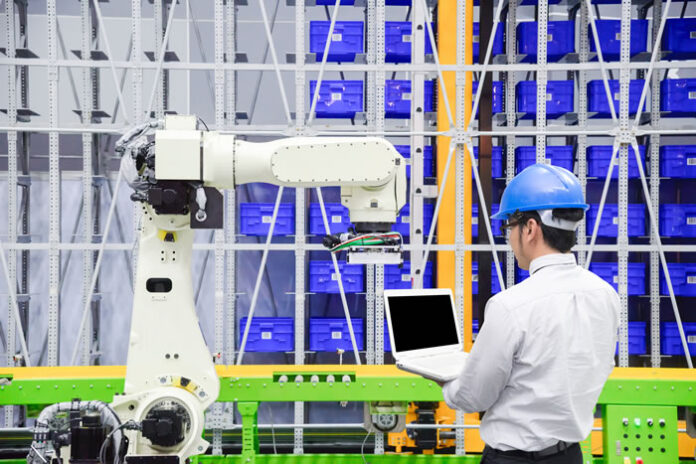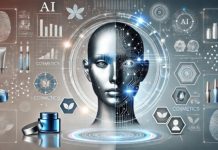When sifting through the plethora of relevant topics surrounding the logistics and supply chain sector, Artificial Intelligence (AI) and Machine Learning (ML) are top of mind. It’s worth taking a moment to truly digest how critical these advances have become to the growth and expansion of many industries. No, these aren’t shiny new buzz-worthy terms, this is tech that has been quietly increasing in scope over the past few decades. Up 24% since 2020, Gartner projects this market will reach $596 Billion in 2022.
Globally, supply chain markets are facing more stress points than ever, as some recent news cycles have highlighted this year – think the Suez Canal and the Colonial Pipeline debacles. The relationship between AI and the supply chain have become increasingly more intrinsic, as companies continue to prioritize speed to market, which further accentuates how narrow the margins for error are.
Whether we like it or not, AI and ML are here to stay, and there are three key areas in which we must invest to remain viable in this ever-evolving industry of logistics.
AI and Big Data
Data is everywhere. Smart businesses are constantly doing their best to collect, streamline, process, and interpret all available information to improve their bottom line. AI allows for players, both big and small, to increase their corporate efficiencies in the areas of predictive demand and planning. By utilizing accurate demand forecasting and capacity planning, it bolsters productivity by knowing what to expect, and how to move with more agility.
Having the ability to quickly pivot allows for more consistent and cost-effective outcomes. By analyzing data through AI, it affords for more informed decisions, like minimizing the number of trucks on the road based on need and routing them to the locations where the demand is higher, creating significantly lower operational costs.
AI utilizes data to make lightning-fast adjustments. Fast data analysis anticipates negative events and lowers overall risk; all while forecasting highly accurate outlooks, which leads to the best solutions to be executed in real time.
AI and Robotics
An active imagination might cause you to think of your favorite Sci-Fi movie, where machines run the world in some dystopian future. In reality, we have been outsourcing repetitive and often dangerous tasks, to machines for decades. Linking AI to robotics is a vital part of the supply chain. According to Informa Tech, this is already a strong market, with worldwide revenue increasing from $8.3 Billion in 2018 to a projected $30 Billion in 2022. Robots are currently used in warehouses and distribution hubs to pick, sort, locate and track packages, and move inventory safely and efficiently no matter the size or weight. Incorporating AI deep learning algorithms allows robots to identify and process data in seconds, reducing errors and increasing speed and accuracy, which heightens productivity. The challenge here is the overall operational investment, which can become costly over time, as parts will require maintenance and replacement.
AI and Cybersecurity
Cybersecurity is at the forefront of many corporate agendas. If it isn’t – it should be! As we have seen in recent headlines, various corporate entities have proven vulnerable to this new digital threat. Cybersecurity is another area in which AI can safeguard your businesses data from malware. A report by Norton showed that the global cost of a typical data breach recovery is $3.86 Million. Additionally, the report indicates that companies need 196 days on average to recover from any data breach. AI and machine learning can be used to detect a threat, as supervised AI can recognize patterns in data. This enables security systems to learn from past experience and prevent such attacks from crippling operations.
What should be clear is the investment in AI is imperative to avoid the public embarrassment and waste of time and resources, including staggering financial losses.
As we look toward the economy of tomorrow, we must plan to establish this critical infrastructure today. We have become dependent on AI as it has become an integral part of our systems in the supply chain. There is always the cautionary tale of how we supply data to AI; machines, after all, learn from the data given. If we leave out our “human” biases, such as gender, or skin tone, the result will be a symbiotic relationship that continues to grow and evolve.
As long as we program with a focus on ethics, AI will help to improve our experiences in business, and increase productivity and profits.











